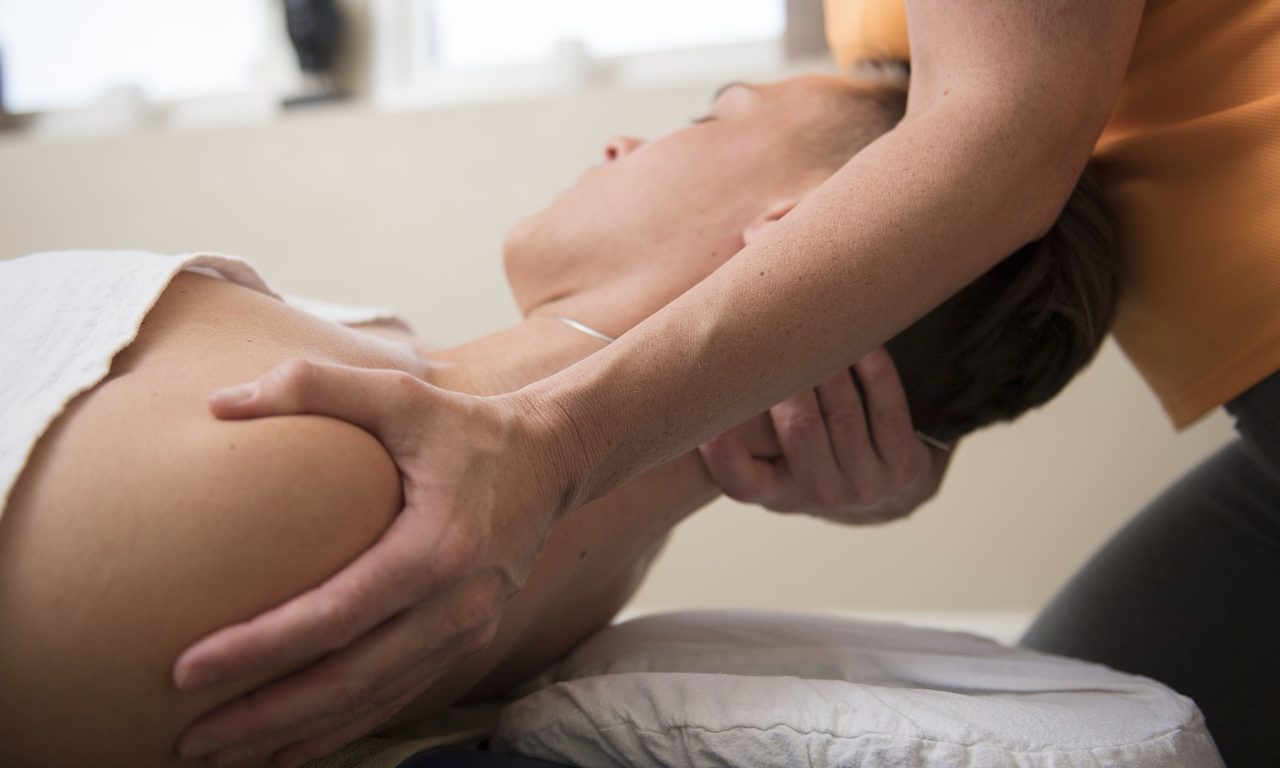In 2016, Lari, et. al., conducted clinical trial which aimed to compare the effects of combining dry needling (DN) and the muscle energy technique (MET) on latent myofascial trigger points (MTP) in the upper trapezius muscle. The study focused specifically on female patients, exploring how the combination treatment impacted pain, pressure pain threshold (PPT), and range of motion.
Sixty female patients, aged 18-30, with latent myofascial trigger points in the upper trapezius were randomly divided into three groups. Group 1 (n = 20) received both DN and MET, group 2 (n = 20) received only MET, and group 3 (n = 20) received only DN. Each group underwent three treatment sessions over a one-week period, with at least a two-day break between each session. Primary outcomes were assessed after the fourth session, which did not include any treatment. The study measured pain levels using the visual analogue scale (VAS), pressure pain threshold (PPT), and active contralateral flexion (CLF).
All three groups experienced significant reductions in pain (p = 0.001) and improvements in PPT (p = 0.001) and CLF (p = 0.001) following treatment. This suggests that each of the three treatments—DN combined with MET, MET alone, and DN alone—was effective in addressing the symptoms associated with latent trigger points in the upper trapezius muscle.
However, the group receiving the combination of DN and MET showed greater improvements in all key outcomes compared to the other two groups. This group demonstrated more significant reductions in pain, increases in pressure pain threshold, and improvements in range of motion. These findings suggest that combining DN with MET may offer enhanced therapeutic benefits.
Based on the results, it can be concluded that all treatments evaluated in this study were effective for managing myofascial trigger points. However, the combination of DN and MET was found to be the most effective approach, making it a promising new method for treating latent trigger points in the upper trapezius muscle.
Reference: Lari, A. Y., Okhovatian, F., sadat Naimi, S., & Baghban, A. A. (2016). The effect of the combination of dry needling and MET on latent trigger point upper trapezius in females. Manual therapy, 21, 204-209.
